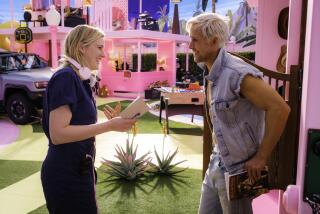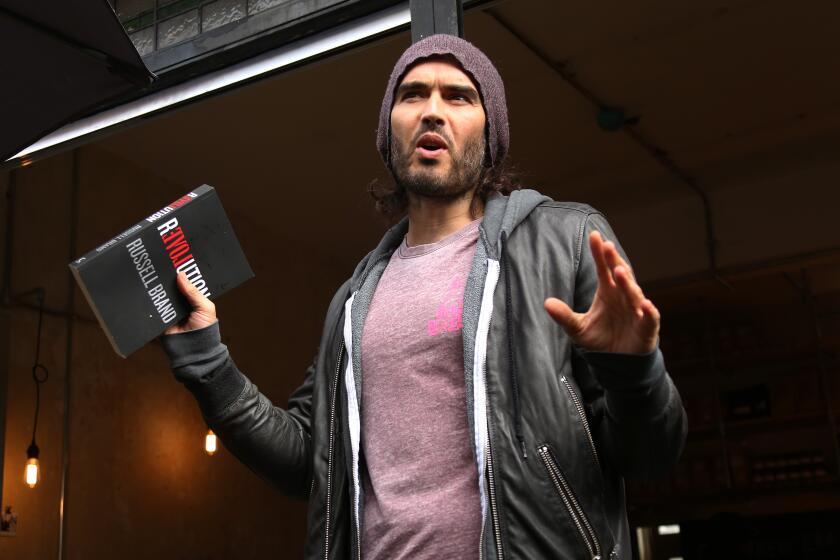The truths that each of the best-picture nominees left on the cutting-room floor:
IN A PERVERSE way, I’m hoping that “Crash” sweeps the field at the Academy Awards ceremony. Not because it’s good -- quite the contrary. But I figure that turning up the spotlight on the movie’s vision of Los Angeles as a simmering, racist hellbroth might finally stem the flood of Canadians and New Yorkers who keep driving up local real estate prices.
It was a Canadian, Paul Haggis, who conceived this fantasia in which Angelenos are high-strung and shouty. (Dude, those of us living west of Manhattan are a bit more mellow.) And it was New Yorker film critic David Denby who gave the film the East Coast cred and small-type blurb it so nakedly pined for, praising its “breathtakingly intelligent” depiction of “a strange automotive paradise in which people live in separate racial and class enclaves, drive to work, and stick with their own.”
As someone who rides the Metro to work, lives in the mixed neighborhood of Silver Lake and is married to a foreigner, maybe I’m just not the target audience. But I’m certainly not alone -- more than 1 million of us ride L.A. public transit each weekday. We “crash” into each other at shopping malls, the YMCA and the ballpark. And unlike characters in “Crash,” we usually react to fender-benders by at least trading insurance cards before screaming racist insults.
The conceit of “Crash” and the Oscar-nominated L.A.-bashing movies it borrows liberally from (“Magnolia,” “Short Cuts,” “Grand Canyon”) is that they have the guts to portray the real Los Angeles. In truth, they tell us far more about the neuroses of their directors -- and the prejudices of academy voters -- than about our actual city.
Haggis wrote “Crash” after his Porsche was carjacked. A rich Hollywood progressive, he wanted to understand his attackers (in a similar act of condescension, he cast rapper Chris “Ludacris” Bridges as one of the movie’s articulate black thugs because Bridges brought “authenticity, the street”).
It’s hard to observe street-level race relations from an opulent perch (Haggis’ house was used as the district attorney’s mansion in the film). And hey, I’d have some racial baggage too if I’d written for “Diff’rent Strokes.” But “Crash” has about as much to do with the real L.A. as Woody Allen.
More to Read
Only good movies
Get the Indie Focus newsletter, Mark Olsen's weekly guide to the world of cinema.
You may occasionally receive promotional content from the Los Angeles Times.






